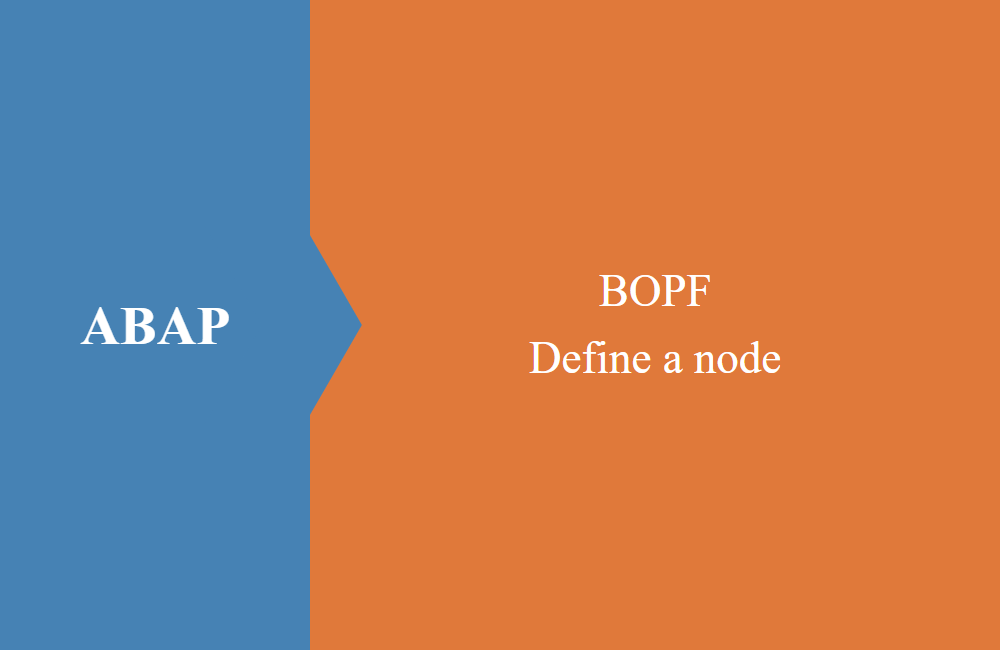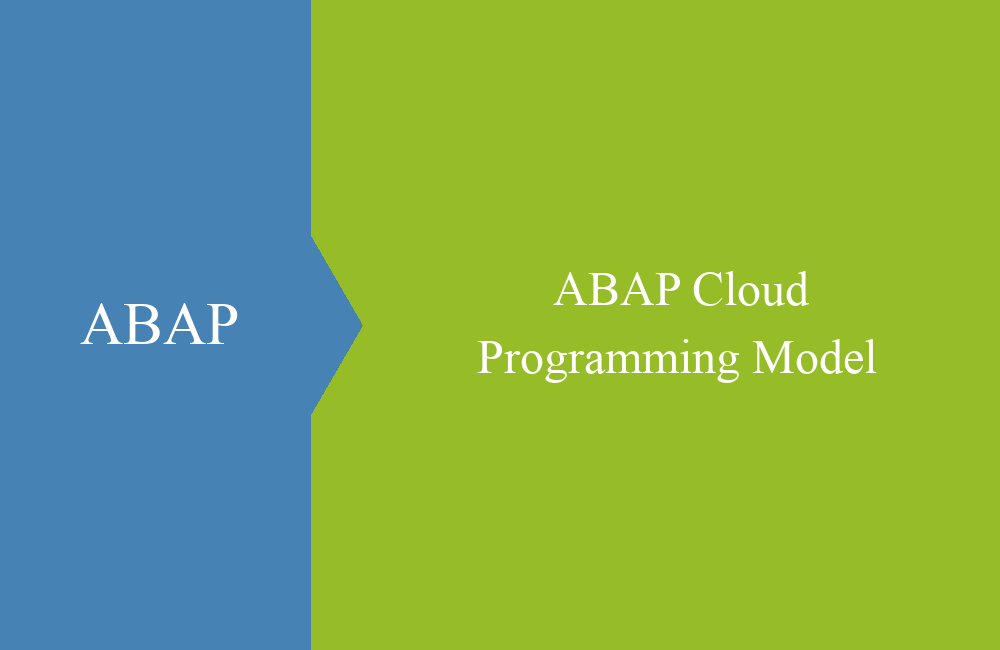
ABAP - BOPF Define a node
Today it is about the definition of a node in the data model, which structures are defined and what does that mean in detail. More in the article.
Table of contents
In the last article, we showed you how a structure can look like out of the various nodes in a BOPF, how they are connected and what you can do with them. In today's article we want to create a node, in this case the root node of our model.
The root
Everything starts in the data model with the root node and the actual header data. After creating a new model, a root node is created immediately as it is needed. By default, the root node is called ROOT, but can be customized and renamed at any time to fit your own data structure.
Terms
The data model consists of different structures, table types, and tables. Here is a short explanation of the terms that will fall over and over again:
- Data structure - Corresponds to the data structure that is stored on the database at the end, here all data fields to be stored are defined.
- Transient structure - Includes fields that are read during runtime or selection. These fields are not backed up to the database and must be populated manually. These are mostly fields that result from existing master data.
- Combined Structure - As the name implies, this is a structure that links persistent and transient data together and makes them available to the user.
- Combined table type - Is the table type of the combined structure.
- Database table - The name of the database under which the persistent data is stored.
Definition
Using the example of the root node, we want to perform the installation for you and go through the individual steps. In addition to the header data stored on the database, we also want to take over a field in the transient data, which should be read at runtime.
In the first step we have to define the names of the individual structures and table types. SAP also offers a nice feature that makes us think. Via the menu item "Extras -> Propose repository name" you will get a popup, which you can use to generate all names. Mark the checkboxes as below in the picture to suggest all necessary names.
After confirming the popup you will receive the suggestions for all structures.
By double-clicking navigation, we create in the first step the data structure that should hold the data in the database. For the example we use a contract number, the creditor and the creation date. In the transient structure we want to read the name of the creditor from the master data. After activating the two structures you only need to activate the data type and the database table. Also for this SAP has already deposited a function. Again with "Extras -> Generate Dictionary Elements" the following pop-up will be displayed.
The checkboxes "combined structure" and "table type" should be activated, as well as the database. This will automatically create the last objects and we will not have any work left. The two structures and the finished database table can be found in the following pictures.
As you can see from the table, the client and the database key for the header table were automatically generated. The data structure taht has been created has no key in the initial state. In a later article we will create a real key for the data.
Conclusion
SAP already provides a number of functions that make it easier for you to work with BOPF and help you to generate Dictionary objects. The installation of the nodes and underlying data structure is done with a little practice in a short time and we can turn to the actual programming activities.











